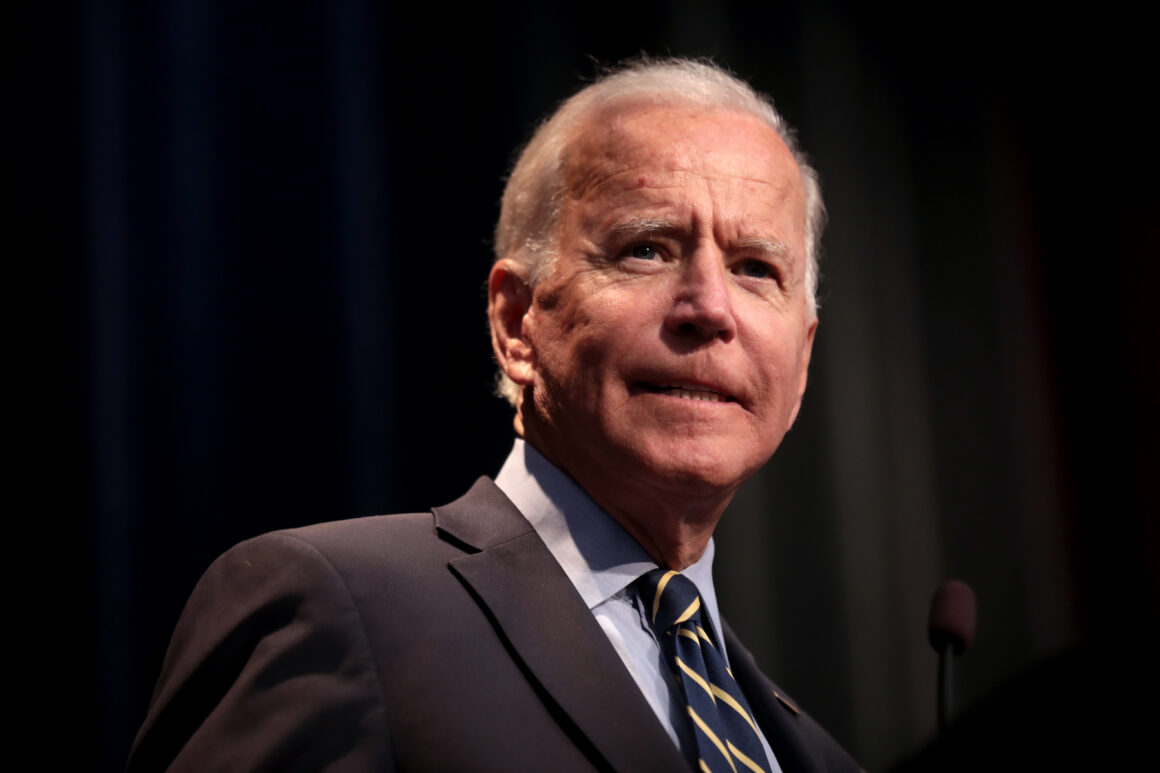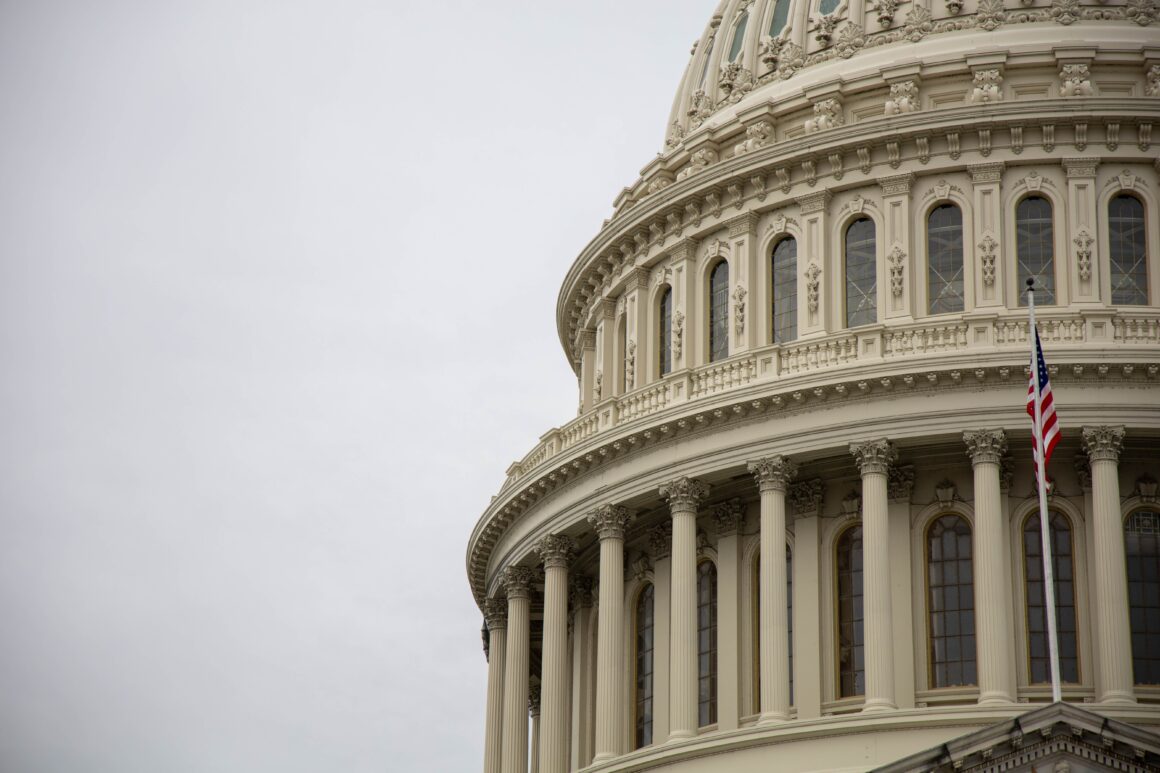Americans hate politics, and for good reason. Evidence from a Princeton University study found that the U.S. operates more like an oligarchy than a democracy. Voter turnout has been abysmal for years since citizens feel as if the system is rigged against them every election.
The latest example is electing President Donald Trump, even though he received 3 million less votes than his Democratic opponent. So, how do we fix it? Well, it’s complicated.
When lawmakers talk about electoral reform, the conversation usually begins and ends with abolishing the Electoral College. But that is not the end-all-be-all. Many factors have led to voter suppression and manipulation, such as gerrymandering. Gerrymandering is the redrawing of congressional districts by state legislatures in order to favor one political party over another. The chart from the Washington Post explains it best.
Republican and Democratic politicians have both used the practice to their advantage, but Republicans have reaped more benefits. Journalist Aaron Blake said that Republican gerrymandering, “prevented Democrats from controlling the U.S. House for potentially four of the past six years.” The Supreme Court may determine the constitutionality of partisan gerrymandering in Gill v. Whitford.
Some lawmakers have introduced legislation to change the process. Representative Donald Beyer (D-Va.) introduced H.R. 3057. The bill, the Fair Representation Act, would give redistricting powers to independent commissions rather than state governments and allows ranked choice voting. The bill also requires states to elect more than one House Representative per congressional district if the state has at least six House seats.
“This bill would ensure that every voter has their voice represented in Congress, and make real progress towards bipartisan focus on getting results for the American people,” said Beyer in a press release.
All three reforms completely upend America’s established system by taking away the idea of “safe districts”, encouraging true majoritarian support from constituents, and giving a chance to fresh faces in Congress.
When representatives are reelected 95 percent of the time without limits, they are not pressured to get things done and ultimately promote partisan gridlock. Even though Congress has a 20 percent approval rating, the incumbents are never made truly accountable for their poor performance. Fair redistricting, however, makes reelection runs much more competitive.
Ranked choice voting would transform our current two-party system. It invalidates the idea of the “wasted vote”, which guilts voters out of supporting candidates who they like but are unlikely to win. As U.S. News reports, ranked choice voting “ensures that that voters can pick the person who best represents them, without worrying that candidate will be a so-called spoiler.” This would benefit primary challengers and third-party candidates, who have less money and name recognition.
The last fix, multi-member districts, operates on proportional representation rather than a winner-take-all system.
The new proposal makes sense in a global context. “Most democracies outside the English-speaking world elect more than one representative per district,” according to The Washington Post, and regions like Britain have a “politically neutral body” draw districts with little partisan influence. Sadly, the Fair Representation Act only has three cosponsors.
There is still more reform to be done like congressional term limits and public financing of elections. Rasmussen Reports say that 74 percent of likely voters “favor establishing term limits for all members of Congress” and 80 percent of Americans believe that “wealthy special interest groups have too much power and influence over elections.”
If America wants to legitimately be seen as the greatest democracy in the world, elected officials must adhere to the will of the people even if it means losing their power. Naturally, many politicians are unwilling, so it’s up to groups like those in Wolf PAC and FairVote to fight for true democracy.




